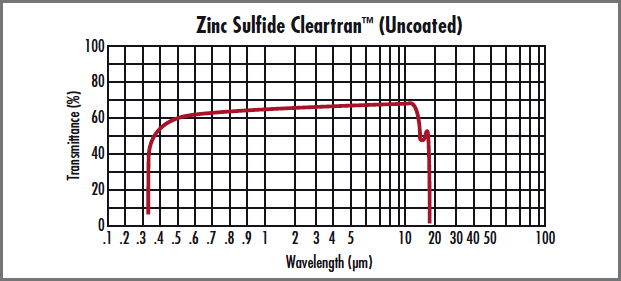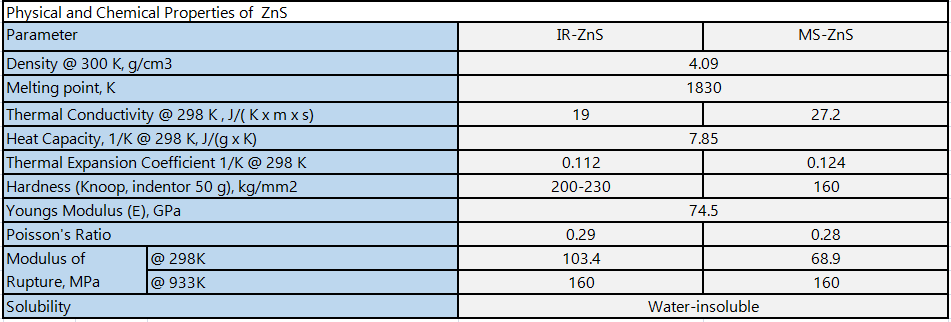Avermectin has a 16-membered macrolide with strong insecticidal, acaricidal and nematicidal activity, and a dual-use antibiotic for agriculture and livestock. Broad spectrum, efficient and safe. It has stomach poisoning and contact killing effect and cannot kill eggs. Its mechanism of action is to interfere with neurophysiological activity, affecting cell membrane chloride conduction, and aminobutyric acid is its site of action. When the agent stimulates the action site, it blocks the transmission process of the motor nerve information, so that the signal of the central nervous system of the pest is continuously accepted by the motor neurons, and the pest quickly paralyzes, refuses to eat, slows or does not move within a few hours, because it does not cause Insects are rapidly dehydrated, so the lethal effect is slow and usually dies after 24 days. How to use avermectin 1. Control Plutella xylostella and Pieris rapae, use 1000-1500 times 2% avermectin EC + 1000 times 1% KM salt in the young larva stage, which can effectively control the damage of Plutella xylostella 14 days after the drug The effect is still 90-95%, and the control effect against cabbage caterpillar can reach more than 95%. 2. Control pests such as the golden moth, the leaf miner, the leaf miner, the Liriomyza huidobrensis and the vegetable whitefly, and use 3000-5000 times 1.8% avermectin EC +1000 in the egg hatching period and larval stage. Double-chlorine spray, the control effect is still more than 90% after 7-10 days. 3, control beet armyworm, with 1000 times 1.8% avermectin EC, 7-10 days after the drug control effect is still more than 90%. 4. Control leafhoppers, alfalfa, sassafras and various resistant mites of fruit trees, vegetables, food and other crops, using 4000-6000 times 1.8% avermectin emulsifiable spray. 5, prevention and control of vegetable root-knot nematode disease, using 500 ml per mu, the control effect of 80-90%. More pesticide knowledge , please pay attention to China Pesticide Network
Multi-spectral grade of zinc sulfide has low absorption and scatter properties over its broad transmission range of 0.4 - 12μm. Zinc Sulfide Multispectral is a chemically vapor deposited material which is commonly used in thermal imaging. With its excellent transmission properties in the visible and infrared, Zinc Sulfide Multispectral is the material of choice for systems that have both visible and mid-wave or long-wave infrared sensors. It is slightly harder and more chemically resistant than zinc selenide.
We consistently offer various high quality optical components according to the customer's requirements use other infrared materials. Such as prisms,Spherical Lens, aspherial lens,Ball lens,Optical Windows,Achromatic Lens,cylinder lens etc.
ZnS lens and ZnS windows specifications:
Zinc Sulfide Lens,Zns Spherical Lens,Zinc Sulfide Aspherical Lens,Zns Plano-Convex Lens China Star Optics Technology Co.,Ltd. , https://www.opticsrealpoo.com



Standard precision
High-precision
Dimension Tolerance
φ5-100mm+0/-0.2
φ3-250mm+0/-0.2
Center Thickness Tolerance
1-15mm+/-0.1
1-30mm+/-0.05
Centration
1 arc minutes
10 arc seconds
Surface Quality
60/40
40/20
Power(fringe@633nm)
N<λ@633nm(in 25mm)
N<λ/4@633nm(in 25mm)
Clear Aperture
>90%
>95%
Chamfer
Protected <0.5mmx45deg
Protected <0.5mmx45deg